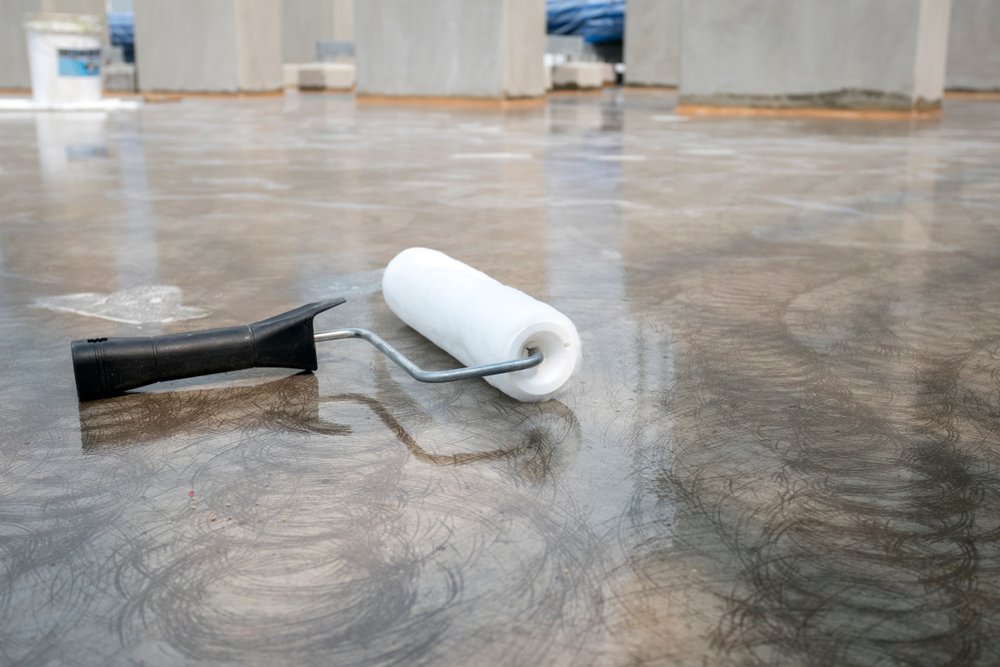The Complete Walkthrough to Planning and Installation of Warehouse Epoxy Floors

Introduction
Warehouses, as commercial storage spaces, demand specific attributes to sustain their heavy-duty routine. Among these features, the consideration for flooring often takes precedence due to its prominence in ensuring efficient and safe operations. Flooring in warehouses needs to be designed, not merely for aesthetics, but more importantly, to withstand constant traffic, heavy machinery, and sometimes, the threat of chemical spills.
This brings us to epoxy flooring – an increasingly popular choice that meets the rigorous demands of warehouses by offering an attractive mix of durability, cost-effectiveness, and aesthetic appeal. Given that flooring is a significant investment, choosing an epoxy floor as a warehouse owner implies a thorough understanding of its properties, significance, and maintenance. This article illustrates each stage, right from planning to the final installation of epoxy floors.
Understanding Warehouse Epoxy Floors
Epoxy floors are essentially a two-component system composed of resins and hardeners. When mixed together, they create a chemical reaction that forms a strong and rigid plastic material – epoxy. This material is then applied in multiple layers to an existing floor, providing a resilient and robust surface able to withstand the wear and tear of a busy warehouse.
The benefits of warehouse epoxy flooring in a warehouse are numerous. Firstly, its toughness is unmatched, with an ability to bear heavy loads and high traffic with minimal wear. Its seamless surface and resistance to oil, grease, and most industrial chemicals make it easy to clean and maintain. Additionally, the ability to customize it with safety markings and in a variety of colors adds onto its aesthetic and functional value.
Reasons to Consider Epoxy Floors for Your Warehouse
When it comes to strength, epoxy floors stand heads and shoulders above the usual concrete floor. Consisting of multiple layers of epoxy applied to the floor surface, it translates into impressive durability and resilience. A well-maintained epoxy floor can last many years, even in the most demanding environments.
In terms of maintenance, the seamless and resilient nature of epoxy flooring makes cleaning a breeze. Spills and stains can be easily cleaned, making your warehouse safer and more hygienic. These floors are also resistant to slips, trips, and falls, enhancing the safety of the workplace. Beyond functionality, epoxy floors ensure aesthetic appeal by providing a high-gloss and bright surface that can significantly improve lighting in your warehouse.
Step-by-step Guide to Planning Warehouse Epoxy Floors
Before you embark on the journey to install epoxy floors, an evaluation of your current flooring condition is imperative. This includes reviewing current floor damage, existing sealers, coatings, and moisture levels. All these factors can greatly affect the success of the epoxy installation.
Selecting the right warehouse epoxy flooring system will hinge upon the activities performed within your warehouse. You need to consider elements such as foot traffic, machinery used, temperature conditions, etc. Having a concrete budget and timeline is also essential as it will determine factors such as the type of epoxy coating, professionals hired, and downtime incurred, which brings us to the next crucial point – downtime planning. This would involve scheduling your warehouse activities around the downtime, which may occur during the installation and curing process.

Hiring the Right Professionals to Install Epoxy Floors
Given the precise nature of warehouse epoxy floor installation, hiring experienced professionals becomes non-negotiable. A poorly installed epoxy floor can lead to a host of issues such as bubbling, peeling and discoloration. The right professionals will not only ensure flawless installation but also tips and advice on maintenance to enhance longevity.
When selecting the best epoxy floor installer, consider their experience, reputation, and past projects. Make sure they are well-versed with the installation process, have strong industry references, and are equipped to meet your particular specifications in terms of timeline and budget.
Comprehensive Guide to Installing Epoxy Floors
Surface preparation forms a vital first step in epoxy floor installation. This involves grinding the floor to create a porous surface and filling any cracks or damages. The next step involves priming the floor, which involves applying a thin layer of epoxy to seal and bond with the substrate.
Upon successful priming, the application of the epoxy coating commences. This process needs to be executed diligently as this step will determine the final outlook and longevity of the floor. After applying the epoxy, the floor needs to be left to cure. The curing time typically varies based on the type of epoxy used and the environmental conditions.
Once laid, it is important to keep a regular check on your epoxy flooring and set up a schedule for maintenance. This would ensure the flooring lasts longer and continues to serve its purpose effectively.
Troubleshooting Common Problems with Epoxy Floors
While warehouse epoxy floors have a host of benefits, there might be a few issues you might encounter post-installation. Peeling or blistering might occur due to moisture problems, improper preparation of the floor, or an incorrect mix while application.
Uneven colours or coverage can occur due to the wrong trowel technique, lack of material, or varying thickness of the layers. To prevent these issues, correct application techniques and rigorous training are key. If these problems do occur, a professional may need to assess and correct the area.
Conclusion
Epoxy flooring, with its superior durability, easy maintenance, and appealing aesthetics, can be a game-changer for warehouse operations. While it may require an initial investment and planned downtime, the long-term benefits make it a worthwhile option. Armed with the right understanding and preparation, the journey to renovate your warehouse flooring will undoubtedly pay dividends for your business.
-
-
-
-
/ 0 Comments